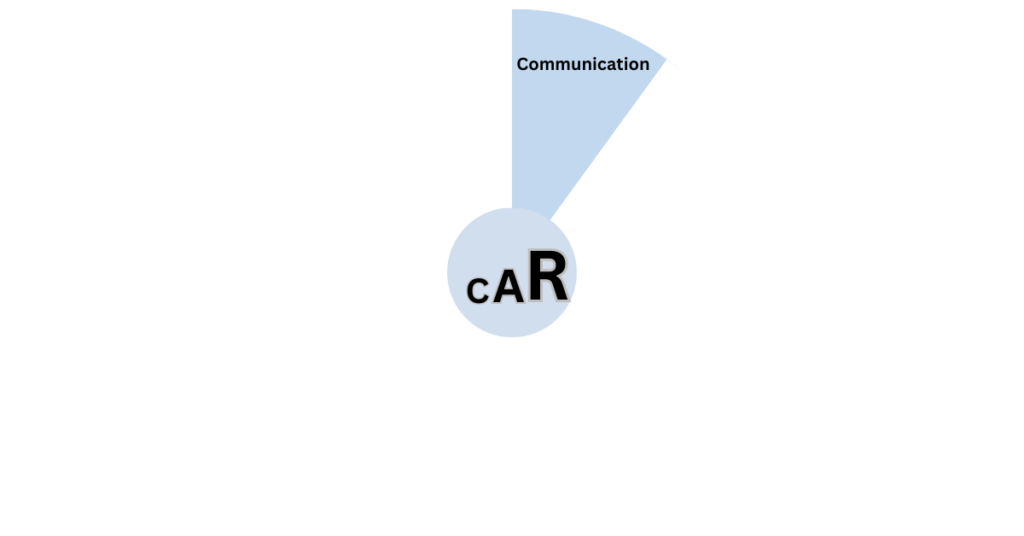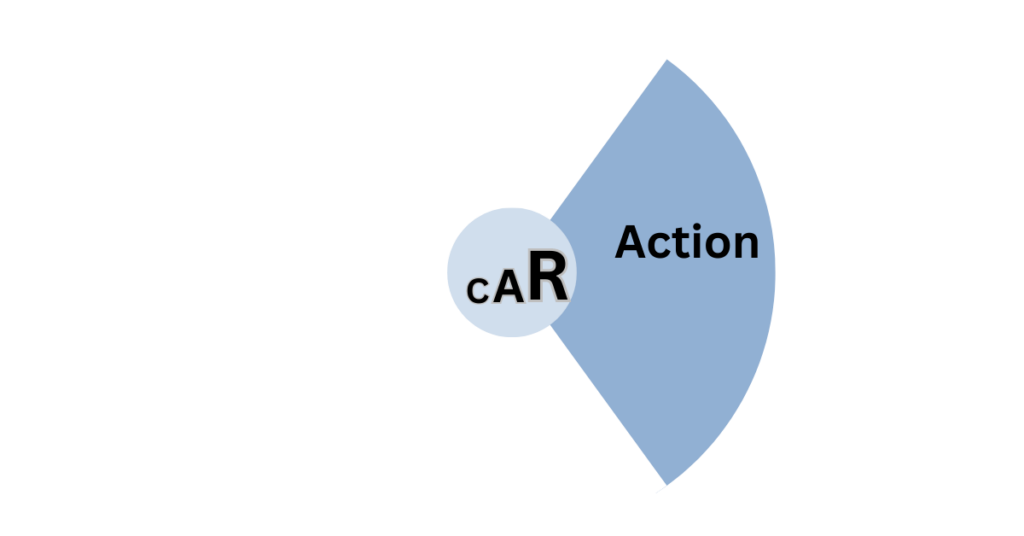Aug 9, 2023
Learn How To Use the CAR Components of Diligence
Culture & People

Diligence and the work of diligent people are core components for any organization that wants to be a diligent organization. But how do you define a culture of diligence and how do you assess and grow that culture? Today’s post begins that exploration and gives you the CAR Components. A Diligence File tool that you can use to get you thinking and starting your diligence audit.
Let the CAR Components Help You
To be a diligent organization, the organization must have a culture that honors and embraces diligence on all levels. That is why culture is one of the four elements of the Diligence File Framework. There will be many posts about culture but today’s post will touch on some basics and I hope get you thinking about culture and its relationship to diligence. It will also provide you with a simple way to start thinking and auditing your organization, your team or group on basic diligence related culture. I call it the CAR components.
Why Culture Matters
All people respond to culture prompts and we are all shaped by multiple cultures including cultures that surround religion, family, ethnicity and location. Work is no exception.
Remember your first day at a new job? What time does everyone start, when do they leave, what do people wear, how do they address each other? You look for answers by reading, asking or observing. But as we know what is written may not reflect the culture. If you are free to wear what you want but you see that people are dressed in jeans, you probably won’t wear a suit. If start time is 9 am but everyone shows up by 8:30 am you will start to show up at 8:30.
Why?
Because you want to fit in, to belong. You consciously or unconsciously understand that identifying with the culture is important for your success in the organization. It doesn’t matter what you did in your last organization, you need to understand and succeed in the current culture.
Every organization has a unique culture so you learn to adapt and change to new cultural norms.
The Work Culture Definition
I define a work culture as the written and unwritten rules and formal and informal behaviors that are recognized and used by members of an organization to conduct themselves at work, including when they make decisions, exercise judgement and perform their duties.
Some Additional Characteristics of Work Culture
Additional cultural concepts that I have observed are that:
- An organization may define its culture on paper, but that definition may bear no relation to the culture that exists in practice.
- An organization may have multiple cultures for example, within each department or based on job responsibility or hierarchy.
- Culture impacts all employees at all levels but again it may be experienced differently depending on the level or role of an employee.
- The work culture spills out of the organization directly or indirectly. It impacts customers, vendors, suppliers and professional services.
- Work culture is no longer a secret. There are websites and social media platforms where current and former employees are encouraged to share their observations, good and bad, about the culture of an organization.
What is a Work Culture of Diligence
A work culture of diligence is a collection of written and unwritten principles, rules and behaviors that impact the existence and quality of the diligence performed within the organization.
You don’t find diligence culture in one place or one department. Instead, you find it woven through many concepts and built into various roles. A successful culture of diligence is embedded throughout the organization. However you can look for it across three important categories. I call these categories he CAR diligence components.
I made this illustration to show what I mean. The importance of each component is reflected in its size but this isn’t a scientific chart; it is a picture to illustrate a point. Some components are have more impact than others.


C is for Communication
This category includes is all the communication that the organization does around principles and concepts that relate to diligence and diligent behavior including for example:
- Integrity
- Ethics
- Mission
- Strategy
- Compliance
- Ombudsmen and whistleblower programs and protections
To put it simply, what does the organization communicate to people inside and outside about as to how it conducts business and what deems important?

A is for Action
As opposed to communication, this is about how people are treated, it doesn’t matter what the communications says. For example, are people:
- Encouraged to speak up
- Treated with respect
- Provided with adequate resources
- Accessible, especially to those in lower level positions
- Urged to be open minded
- Allowed errors
- Given education, training and mentorship
- Prompted to be team players and to share expertise and knowledge
Or alternatively, notwithstanding written policies are people:
- Disrespected
- Bullied into silence
- Denied necessary resources
- Pitted against each other
- Subject to ridicule and retaliation
- Kept in an atmosphere of distrust and fear

R is for Reward
Rewards – this is another form of action, but it deserves its own category. I believe that rewards are a fundamental driver of culture. And don’t fool yourself, people in organizations may not know exactly how much people are rewarded but they know who is rewarded and how it relates, or doesn’t relate, to their performance. People are very observant when it comes to compensation and reward.
Rewards within an organization include salary, bonus, benefits, perks, resources, promotions, titles and access to the “inner sanctum” of the organization. An example of how this connects to a culture of diligence or in this case non diligence would be a compensation or a reward program that:
- Encourages quantity over quality
- Short term profits over long term growth
- Does not relate to objective performance
- Essentially pays for silence or willful blindness
- Leads to behaviors such as fraud or mismanagement
- Does not claw back compensation if an individual is found responsible for a legal or compliance violations or financial misstatement
- Is so discretionary it can be used to exclude groups of people based on characteristics such as race, religion, gender, gender identification, ethnicity or disability.
The common denominator in all of these bullets is that the reward is either tied to behavior that is not at all diligent or is so vague that it discourages diligence.
Now What?
Work culture is not stagnant. It changes over time, it changes with leadership changes, it changes with concerted efforts to make changes. Also as noted above, people are used to adapting to new and multiple cultures. What this means is that a cultural transformation is possible if there is a commitment to do so.
How do you change a culture? As with all change, the first step is to recognize that change is needed. The second step is to get a clear assessment of where the organization is today. The CAR components that I described above are a starting point, use it as an inventory audit tool. Ask how is your organization communicating diligence, are its actions supporting diligence and most importantly is the organization actually rewarding diligence. If the organization falls short in any of these areas it is time for a change.
A diligent organization is both a strategy for success and a defense against outside attack, so don’t wait. Start transforming your organization into a diligent organization.


Subscribe for Diligence Updates
Get the latest updates, resources, offers, and more.
"*" indicates required fields
The Diligence File respects your privacy. Privacy Policy